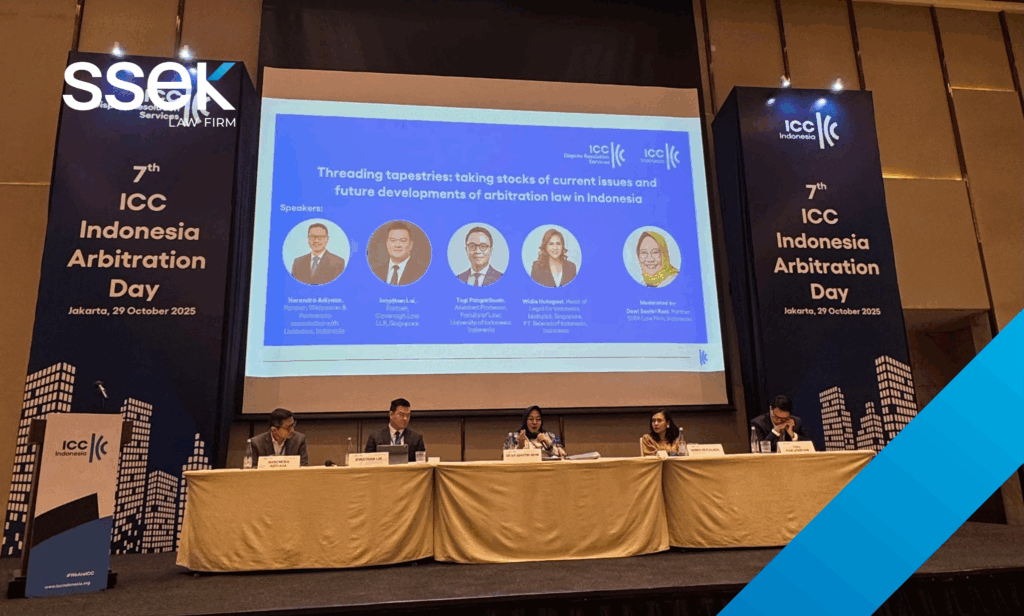7 August, 2018
Recently, we have witnessed the Asia-Pacific region emerge as one of the dominant markets for liquefied natural gas (LNG). Nations like Japan and South Korea have become large-volume purchasers and have executed long-term import contracts. Singapore, in particular, is developing into the global trading hub for LNG in the Southeast Asian region. Singapore holds a geographical advantage for having LNG serve the energy demands of the region because of the feasibility of smaller LNG vessels, fast-advancing infrastructure and adequate regasification terminals. With the infrastructural as well as economic constraints of transportation of gas through pipelines, the evolution of LNG carriers (designed to take LNG over long distances) have been a great relief to the energy demanding jurisdictions.
LNG to Power – The Need
Power generation in the region will require all economically possible resources. As a cost-effective energy source, renewable energy is seen as playing a major part of the future of power generation. A major portion of the region still needs electrification, but the fundamental question remains: Can natural gas be the economically feasible source fuel of the future? Bringing up environmental reasons to being economically feasible, the energy agencies have asserted that natural gas will be one of the leading energy sources by 2020. Transportation issues are being taken into consideration, and a potential resolution is LNG carriers or tank ships that are designed to transport LNG over various parts of the globe.
With the continuous technological advancements in transporting and regasification units, LNG seems to be one of the most economic source fuels to replace other fuels. Countries like Myanmar and Indonesia are placing their bets on LNG for being an economic and sustainable source fuel for generating power.
Having said that, it remains untested as to how these downstream companies are able to successfully construct and commence operations. Complexity of the infrastructure and the legal landscape, especially for a country like Myanmar, is a major challenge. Getting a bankable power purchase agreement and long-term sustainable provisions are of utmost importance for the revenue streams for such cost-intensive projects. Specifically for countries like Bangladesh and Myanmar that are battling with additional concerns about infrastructure financing, successful construction and commencement of projects still remain unrealized. The sponsors are greatly relying on public-private financings from institutions like the International Finance Corporation or offshore lenders who are willing to invest in such cost-intensive projects.
With an increase in LNG-based projects for power generation or otherwise, the focus will have to be streamlined towards spot market and medium-term contracts with better flexibility, rather than long-term contracts. As we notice an increase in demand for LNG, there are a few elements that still remain a matter of concern for both the suppliers as well as the purchasers:
- Pricing issues
- Price level (the “s-curves”)
- Contractual issues
- Long-term contracts
- Take or pay?flexibility
- Price reviews
Pricing Issues
With the constant variance in pricing of LNG, there are several elements in the long-term contracts that may not be relevant and entail an adverse position for the purchasers. To ring-fence the sharp price swings, LNG in a majority of the long-term contracts is indexed to oil, which generally is earmarked as "s-curves.” The presence of this pricing model in Asian long-term contracts shows that gas prices are at the higher end when compared to other parts of the world. This is one of the key negotiation points when finalizing the term sheets for long-term contracts. Henry Hub, or HH-based, pricing (named for a distribution hub in Louisiana) is another option being favored by LNG buyers and sellers in the Asian region. In terms of the current geographical landscape, it entails lower risk to the buyers, since the higher the oil price, the greater the price spread. HH-based pricing offers an added degree of price protection to the buyers.
Pricing still remains a vital issue in terms of determining a long-term commitment strategy for the LNG market. Singapore, as the regional hub, targets strengthening a gas-on-gas indexation to reflect a benchmark derived from the projection of local demand and supply.
Contractual Issues
Lately, the region’s trading desks have been banking on spot markets and alternative sources of supply, and suppliers have been on the hook from the off-takers for renegotiating their long-term contracts. It may be pertinent here to seek some background and dictum of having long-term contracts in the region. With the constant depletion threat of crude, LNG long-term contracts were evolved to support LNG developers and investors in terms of their envisaged sustainable returns for their projects.
The moot question here is in connection with the future for long-term contracts that formed an essential element of growth of the LNG market in this region. Challenges for both the buyers and sellers have been identified in terms of the cost and revenue sensitivities. Without a doubt, as indicated above, long-term contracts helped to provide an assurance for returns for a particular period of time to sellers/investors, and did help with supporting decision making for investments in LNG projects.
However, with passage of time, both investors and buyers need to crystallize solutions for addressing the concerns. For Asian buyers, it is essentially the pricing issue that entails a premium over the global standard prices. With less flexibility available over delivery options, the “take or pay” obligation increases the fears of LNG buyers.
With Singapore evolving as a leading trading hub, it is opening up opportunities for LNG buyers to explore ways of addressing the concerns of the long-term contracts. Spot markets are gradually gaining prominence as a feature for LNG buyers. We have witnessed advisers flagging the need of having inter alia flexibility with delivery terms, price renegotiation events, etc.
Even within the framework of short-term spot market LNG trading, it is always advisable to execute contracts in advance with LNG sellers. The idea here is to have a master sale-and-purchase agreement between the parties with cargo requirements flowing from the buyers once need arises.
The Asian LNG trading market opened on the footing to be pro-sellers, and ensured that the buyer bears the supply risk, such that the buyer must pay for a certain quantity of LNG during the agreed period (commonly termed as “take or pay”). This provision ensured that the seller got the security of regular project revenues. In various jurisdictions, legal battles questioning the enforceability of the provision are emerging. Generally, the take-or-pay provision has survived, and courts have held that such provision is not in a penalty in nature.
We have witnessed instances of parties entering into discussion to find solutions for the current market challenges, in particular the take-or-pay provisions, and finally getting such requirements waived by the sellers. Singapore seeks to address this challenge by having an equal space for sellers as well as the buyers. Those dissatisfied by take-or-pay provisions have been buoyed by improving the termination event provision in the LNG contracts.
While we are aware of the uncertainty with the timing of the FID phase for LNG projects, 2019 is scheduled to witness many projects making it to FID, and that is poised to impact LNG pricing. Lower LNG prices will enhance demand from jurisdictions like India and China, as both countries have ring-fenced their LNG demands.
Given the growth rate of the Asian LNG trading market and the shift from a sellers’ market to a buyer-oriented market, now is the time for the industry to come together and develop a win-win solution for both sides.
For further information, please contact:
Priyank Srivastava, Duane Morris & Selvam LLP
psrivastava@duanemorrisselvam.com

.jpg)

.jpg)



